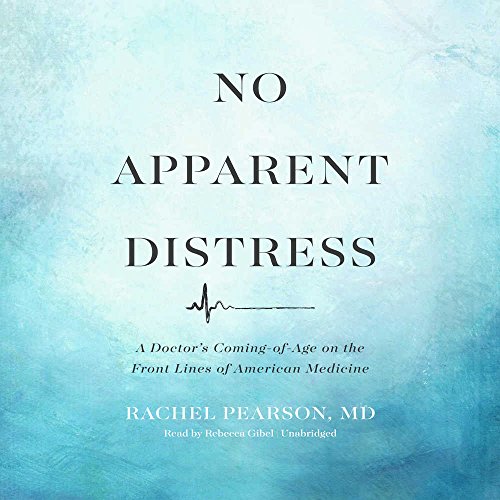What do you think?
Rate this book


Audio CD
First published May 9, 2017
The very early ones were soft and delicate. You could see the amniotic sac, which looked like a jellyfish, and the thin twisty umbilical cord that had connected it to the woman’s bloodstream. There was no body. Many of the ones I saw were like this.The saddest story she tells is of a Latina woman who has three children and is very poor, sometimes she and her husband go to bed hungry so that they can eat. She falls pregnant. She knows that her husband will not allow an abortion - they are deeply religious Catholics and abortion is murder. She cannot bear to take away the little she has from her children. After the abortion she gets contraception. She has, in her own mind, in her husband's, in the church's, sacrificied her immortal soul for her children.
In later pregnancies, the fetuses were farther along, and they looked like little fish-people, with curved spines and tiny arms and legs. Some, more developed, just looked like the tiniest possible babies, but thin and red-skinned and bloody. My mind went cool and silent when I saw them, and I turned to my work with calm remove.
Everyone who worked at the clinic had abortion dreams.
The studies that the IOM report considered controlled for factors such as socioeconomic status and access to care, and showed that race alone often affects the quality of care patients receive. For example, National Institutes of Health (NIH) researchers found that black veterans treated for their diabetes at Veterans Affairs hospitals were less likely than white veterans to get basic standard-of-care tests like an eye exam—which is particularly important because diabetes can cause blindness.And it goes on. The clinic spends much time applying to charities, hospitals, churches for financial assistance but they generally get turned down everywhere.
Discouragingly, another 2014 study found that even in a patient-centered medical home run out of an academic medical center in Washington state—which should offer topflight primary care—black diabetes patients got worse care. Doctors were less likely to do eye exams on their black patients, less likely to vaccinate black patients for the flu, and even less likely to check their hemoglobin A1c (a standard test that tells us how the blood sugar has been running on average for the past three months). Black patients in the study population also had higher average blood sugars than whites—placing them at an increased risk for complications like Damien.